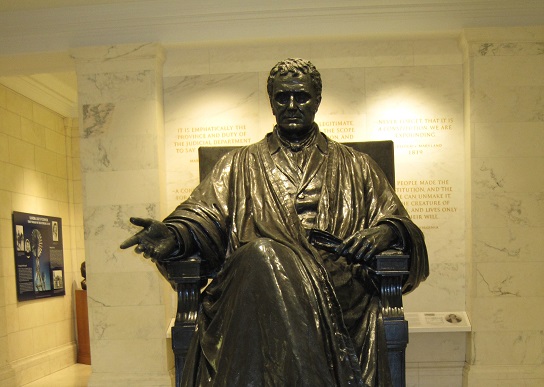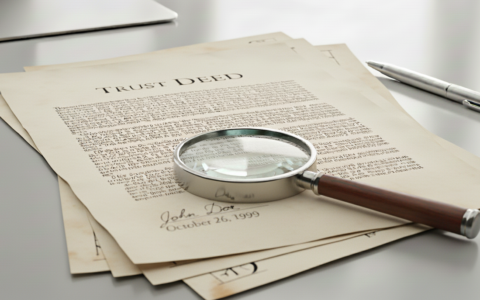Why it is Best to Change Trustees by Executing a Deed

A recent court case has put the manner of changing trustees in an SMSF in the spotlight and the following article outlines the views of our in-house legal team on the matter. We explore why it’s best to change trustees via executing a deed and further, why it’s important the deed be prepared by a qualified legal practitioner, as happens when you order an SMSF change of trustee online with us.
A recent case has highlighted that it may not be necessary to use a deed to effect a change in trustees of an SMSF. However, the mere fact that not using a deed resulted in a costly legal dispute highlights why using a deed is the best means of changing trustees. In the recent Queensland case of Perry v Nicolson [2017] QSC 163, the trustees of an SMSF (comprising a father and his daughter) tried to remove the daughter as trustee, and appoint a new trustee (being the father’s de facto partner), by means of minutes of a meeting in April 2015. Just prior to his death in March 2017, the father made a binding death benefit nomination (BDBN) in favour of his de facto partner. A backdated “Change of Trustee Deed” was also made around the same time. Subsequent to the father’s death, the daughter claimed that the changes to the trustees of the fund were invalid (and also challenged the BDBN).
The Supreme Court looked at the trust deed of the fund, and noted that, although a deed was not necessary to change trustees, the “appointment or removal of a trustee must be in writing and must immediately be advised to any other trustee”. The Court then had to consider whether the minutes of meeting satisfied this requirement. Unfortunately, the minutes had been drafted poorly (e.g., they recorded that the trustees had “decided to remove” the daughter, not that she had been removed, nor that the trustee had accepted her resignation), but ultimately accepted that the minutes met the requirements of the deed. Fortunately, all of the parties had signed these minutes, and the Court held that this meant they had each received notice of the appointment and removal, as required by the deed.
Therefore, although the result in this case was that the minutes were sufficient to change the trustees, it was not without doubt, which consequently led to costly litigation between the parties (and in similar cases to this one, the SMSF has been forced to pay the costs ofboth parties). Also, the fact the minutes were not drafted well could have been a real problem (especially if they had not actually been signed by all of the parties), and this facet of the case highlights how important it is that minutes, resolutions and other documents are drafted correctly, and that the relevant requirements are strictly met.
It should be noted that our current SMSF deed also allows the trustee to appoint other trustees “in writing” – that is, it does not necessarily require that the appointment be made by deed.
However, in order to avoid a dispute such as that in Perry v Nicholson, we would still recommend that the trustees utilise a deed to change trustees. Importantly, our deeds to change trustees go further than simply recording a change in who the trustees are. Our deeds also (amongst other things) make it clear that a retiring trustee is released from any future claims against the SMSF, that any new trustee is eligible to be a trustee and agrees to be bound by the SMSF’s trust deed, and that the continuing and new trustees will be the owners of the SMSF’s assets of the fund. These matters are best dealt with in a deed (as opposed to another form of legal document). Also, when removing a trustee, our deed does not rely on a trustee resigning – it instead uses the trustees’ full powers to remove a trustee.
Another practical reason for utilising a deed to change trustees is that other forms of documents may not be accepted by third parties (e.g., banks), even if they are technically effective.
One final issue – in Perry v Nicholson it appears that even the SMSF’s accountants thought a deed should be used to change the trustee, which is why it appears they prepared a change of trustee deed almost two years after the original minutes were signed. However, this raised further concerns:
- First, the judgment states that the accountants wanted the parties to sign the “change of trustee deed prepared by them in 2017” – hopefully this is a typo, or else the Queensland Law Society may be taking a closer look at this case! Preparing legal documents is considered to be ‘engaging in legal practice’, and can lead to severe consequences for unqualified persons.
- Secondly, it appears they recommended that the deed be backdated to the same date as the minutes of meeting. This may have been a mistake on their part, but documents should always be dated on the date they are signed, even if they record something that has happened in the past. The ATO recently reported (https://www.ato.gov.au/Media-centre/Media-releases/Two-tax-agents-sentenced-for-fraud/) that a tax agent was sentenced to 7 months’ imprisonment for backdating documents for a client.
Similar Posts

BDBNs and reversionary beneficiary nominations – which take precedence?
Succession planning is obviously a very important element of being a member of a superannuation […]

The Silent Crisis Hiding in your Clients’ Trust Deeds
It’s no secret that a large number of older legal documents are defective. What might […]





